As artificial intelligence (AI) continues to revolutionize the digital landscape, a new form of optimization has emerged—Answer Engine Optimization (AEO). Unlike traditional Search Engine Optimization (SEO), which focuses on improving website rankings on keyword-based search engines like Google, AEO targets optimization for AI-powered generative engines such as ChatGPT, Bing Chat, and other conversational AI systems.
Generative engines generate responses, summaries, and content dynamically, relying heavily on the context and quality of the underlying data. AEO is about tailoring your digital assets—websites, content, and metadata—to be more accessible, relevant, and valuable for these AI models. This new form of optimization is critical as more users turn to AI assistants for answers rather than traditional search results.
How AEO Differs from Traditional SEO
Traditional SEO:
- Focuses on keywords, backlinks, site structure, and user experience to improve rankings on search engines.
- Relies on crawlers and indexing mechanisms to understand and rank static content.
- Users typically scan a page or click through links to find answers.
Answer Engine Optimization (AEO):
- Focuses on the context, clarity, and structured data that AI models use to generate natural language responses.
- Requires content designed for AI comprehension, including well-structured, authoritative, and factual information.
- Encourages semantic richness and integration of data sources that feed generative models.
- Often involves optimizing for “featured snippet” style answers and conversational formats.
Why AEO Matters for Companies
With generative AI becoming a primary way people seek information, companies that fail to optimize for AEO risk losing visibility in these new AI-powered interfaces. AEO can help brands:
- Gain visibility in AI chat results and voice assistants.
- Improve content discoverability in conversational search contexts.
- Build brand authority in emerging AI ecosystems.
- Capture new leads and customers by providing precise, AI-friendly answers.
Top Tips to Optimize Your Company for AEO
1. Create Clear, Structured, and Concise Content
Generative engines prefer content that is easy to parse and understand. Use headings, bullet points, and numbered lists to break down complex topics clearly.
2. Incorporate Semantic Keywords and Natural Language
Instead of focusing solely on exact-match keywords, integrate related terms and natural conversational phrases to align with how people ask questions verbally.
3. Leverage FAQs and Q&A Sections
Frequently asked questions and their answers help AI models quickly extract relevant information, increasing chances of being cited in generative responses.
4. Use Schema Markup and Structured Data
Enhance your content with schema.org markup to provide explicit metadata about your business, products, services, and articles, improving AI comprehension.
5. Publish Authoritative and Trustworthy Content
AI engines prioritize high-quality, fact-checked, and trustworthy content. Make sure your content is well-researched, cites credible sources, and is regularly updated.
6. Optimize for Voice Search and Conversational Queries
Many generative engines power voice assistants. Write content that answers questions naturally and succinctly to capture voice-based queries.
7. Monitor and Adapt to AI Algorithm Updates
Stay informed about changes in generative AI technology and adapt your content strategies accordingly. AEO is an evolving field, so flexibility is key.
AEO vs. SEO: Should You Shift Your Focus?
While AEO is gaining traction, it does not replace SEO—it complements it. Companies should continue strong SEO practices while gradually integrating AEO strategies to future-proof their digital presence. The synergy between traditional SEO and AEO will ensure you reach audiences across all search and AI platforms.
Embrace AEO to Stay Ahead in the AI Search Era
Answer Engine Optimization (AEO) represents the next frontier of digital marketing in a world increasingly influenced by AI-driven search and content generation. By understanding AEO and implementing these optimization tips, companies can enhance their visibility, credibility, and engagement with users in this rapidly evolving ecosystem.
If you’re ready to optimize your content for the future of AI search and generative engines, contact Bluetext today. We specialize in helping companies navigate new digital frontiers with smart, data-driven marketing strategies.
In a marketing world driven by personalization, relevance, and precision, a one-size-fits-all approach no longer cuts it. As markets mature and buyers demand deeper expertise, more global CMOs are turning to a proven strategy to break through the noise: verticalization.
Rather than positioning their products or services in broad horizontal terms (e.g., “project management software” or “cloud security”), top SaaS and services brands are embracing industry-specific go-to-market strategies that speak directly to the pain points, regulations, and nuances of distinct verticals like healthcare, government, financial services, or manufacturing.
And the results? Higher win rates, stronger brand affinity, and shorter sales cycles.
What Is Verticalization—and Why Now?
Verticalization means tailoring your entire marketing and sales motion—messaging, content, campaigns, and even product features—to the needs of a specific industry.
It’s more than just inserting an industry name into a landing page. It’s about showing buyers that you understand their world—their compliance requirements, their legacy systems, their KPIs—and that your solution was built with their unique context in mind.
With B2B decision-makers increasingly tuning out generic messaging, brands that go deep rather than wide are standing out.
Why CMOs Are Leaning In
Global marketing leaders are investing in verticalization because it delivers measurable, strategic advantages:
1. Relevance that drives resonance
Generic messaging may sound safe, but it rarely inspires action. Tailored industry messaging helps buyers see themselves in your story—and moves them further down the funnel.
2. Faster sales cycles
Industry-aligned sales enablement tools (e.g., vertical case studies, ROI calculators) help reps build trust faster and reduce time spent educating prospects on fit.
3. Better content performance
Industry-specific thought leadership and gated content drive higher engagement and conversion rates, especially in ABM or outbound campaigns.
4. Stronger differentiation
In crowded categories, vertical fluency sets you apart. Buyers don’t just want software—they want solutions built for them.
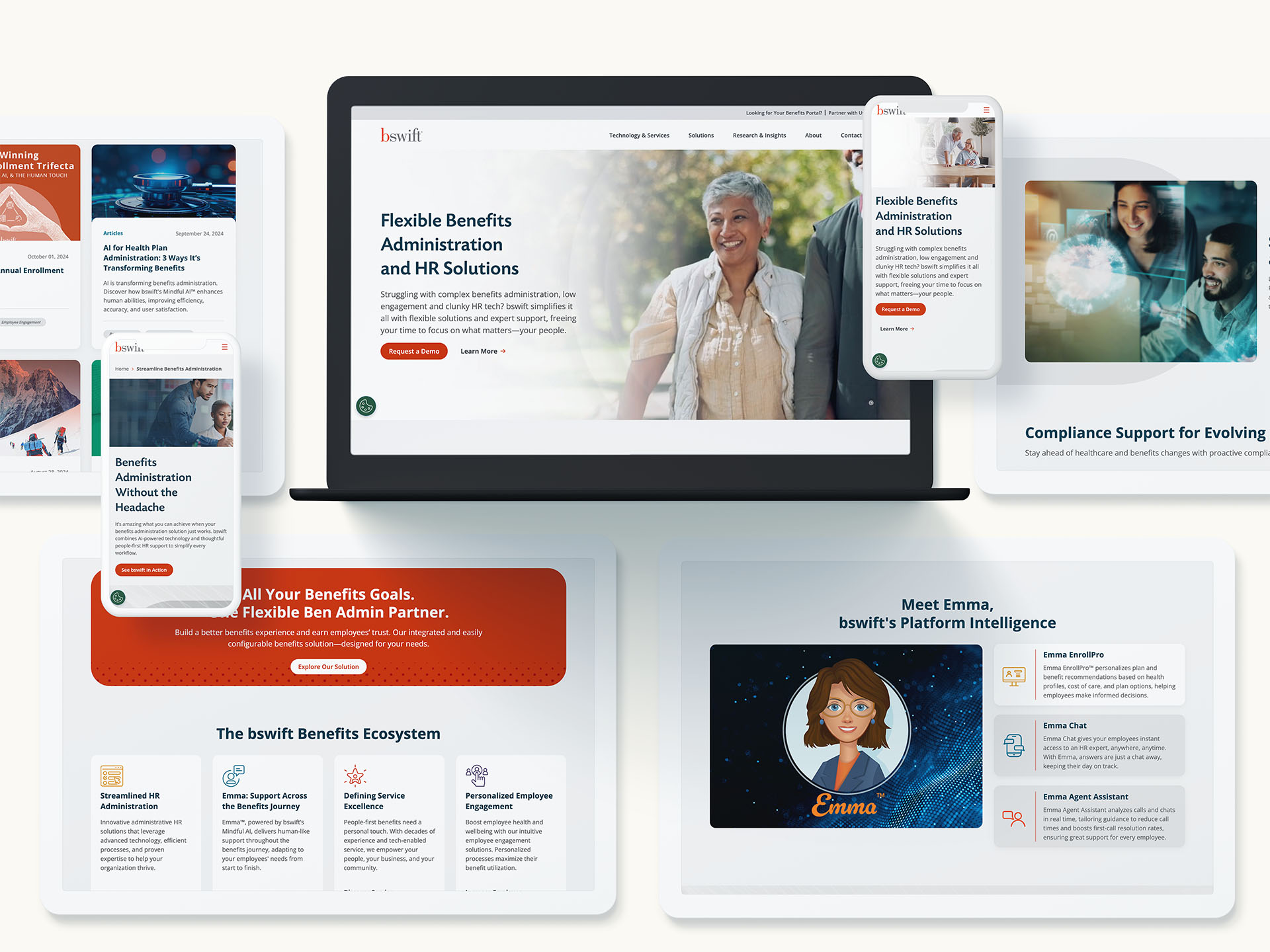
What Verticalized Marketing Looks Like in Practice
To make verticalization work, brands need to operationalize it across the marketing ecosystem:
1. Dedicated industry teams or pods
Many global CMOs are standing up “vertical marketing managers” or small pods that own campaign development, content calendars, and sales enablement for a given sector.
2. Industry-tailored buyer journeys
From awareness to conversion, each touchpoint should reflect the language, needs, and challenges of that specific industry—whether it’s a white paper for healthcare CIOs or a nurture flow for state-level procurement teams.
3. Customized web experiences
Landing pages, homepage segments, or entire microsites built for individual industries can dramatically improve engagement and conversion.
4. Sales and marketing alignment
Ensure that industry-specific marketing efforts are tightly integrated with sales motions. The messaging used in campaigns should map directly to the conversations happening in the field.
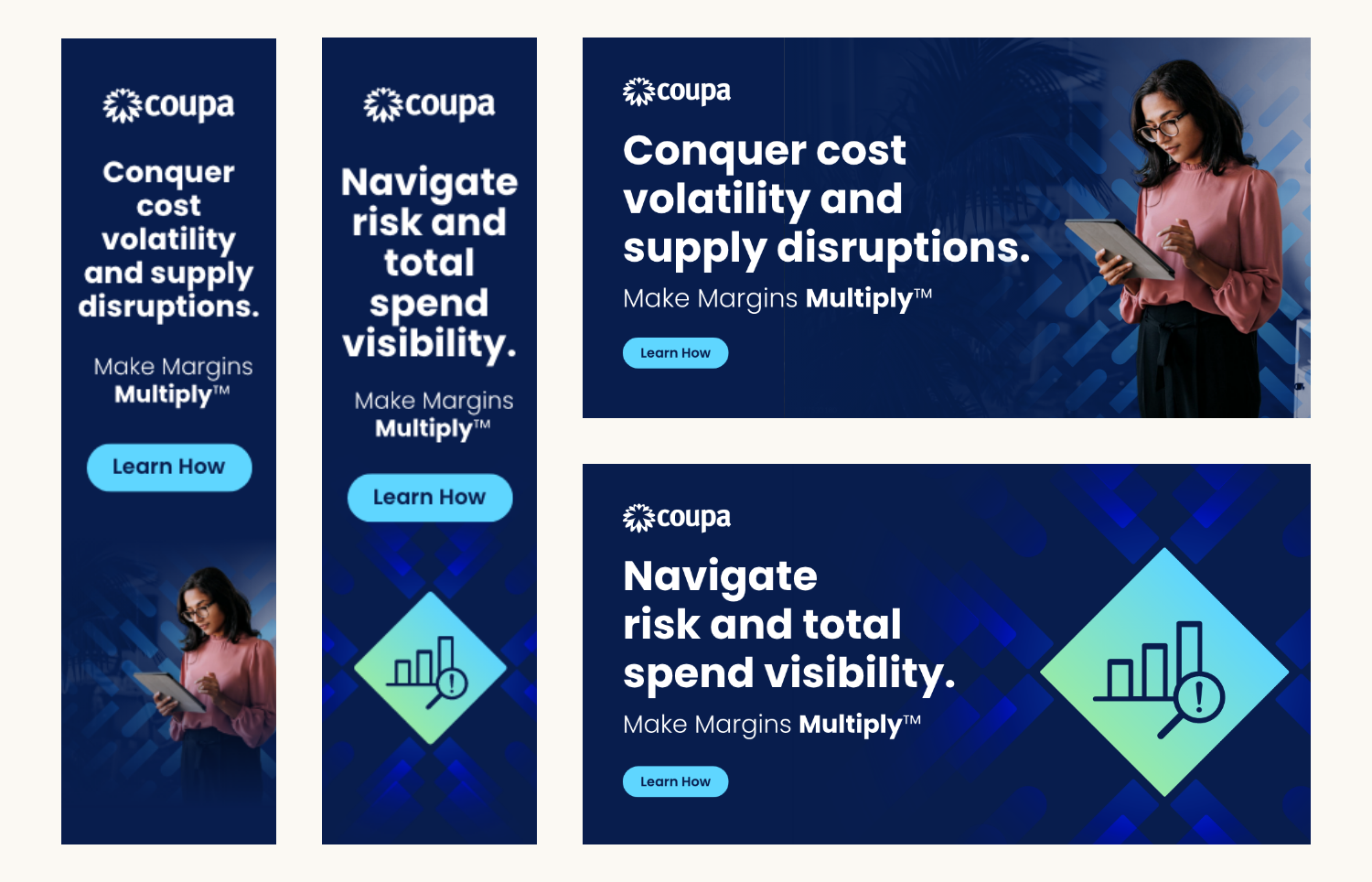
Deep Messaging, Not Just Different
Verticalization isn’t a find-and-replace exercise. Buyers can smell inauthenticity. To be effective, your marketing must show true domain expertise.
That means:
- Speaking to regulatory realities (e.g., HIPAA, FedRAMP, PCI-DSS)
- Referencing industry-specific workflows or pain points
- Using metrics that matter to the sector—whether it’s uptime, throughput, cost per bed, or citizen satisfaction
Collaborating with subject matter experts, leveraging customer testimonials, and co-creating with vertical influencers can help you avoid surface-level messaging.
How to Scale Without Losing Focus
A common concern with verticalization is that it can become complex and resource-intensive. The key is building systems that allow for scale and specificity:
- Create modular campaign assets (e.g., hero videos, pitch decks, email sequences) that can be easily adapted per vertical.
- Develop a flexible brand framework that preserves consistency while enabling regional or industry customization.
- Use a centralized DAM and CMS to manage, update, and distribute vertical-specific content across global teams.
- Define a rollout roadmap—you don’t need to verticalize for every industry at once. Start with your top-performing or highest-potential sectors.
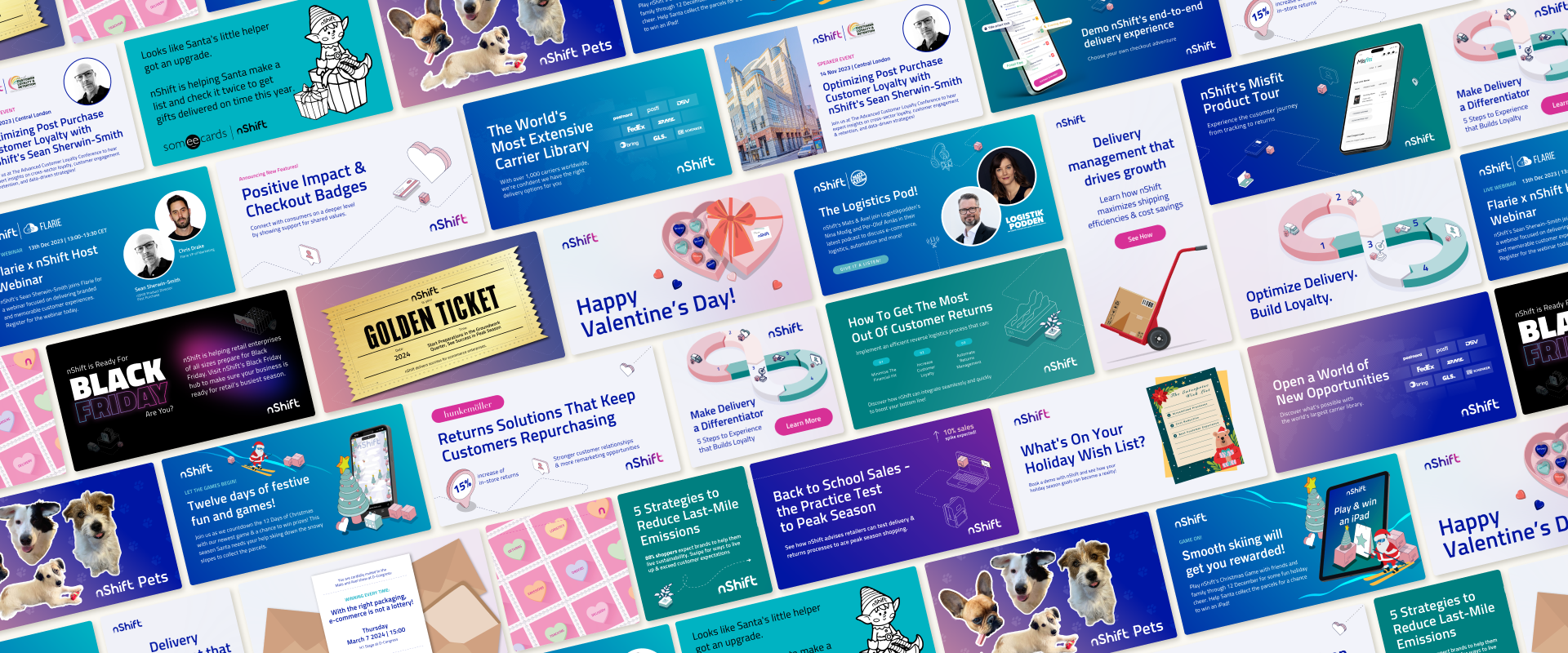
Why It Works
At its core, verticalized marketing works because it meets buyers where they are. It builds credibility, confidence, and conversion power—three things every marketing leader is after.
And in competitive categories where every brand sounds the same, speaking your buyer’s language is no longer a nice-to-have—it’s a strategic imperative.
Want to Build an Industry-Specific Growth Strategy?
Bluetext helps brands reframe their messaging, campaigns, and go-to-market strategies around the industries that matter most. Whether you’re launching into new sectors or scaling vertical programs globally, we build frameworks that drive results. Contact us to start verticalizing your marketing—and winning where it counts.
The generative AI revolution is well underway—and marketers are on the front lines. Since the introduction of GPT-powered tools like ChatGPT, marketers have rapidly integrated AI into everything from content creation and ideation to campaign execution and analytics.
But as adoption accelerates, a bigger question emerges: Are we using it well?
The opportunity is enormous—but so are the risks. Here’s what’s working today, where to tread carefully, and how to build a future-ready marketing stack in the age of GPT.
What GPT Is Changing About Marketing
At its core, GPT technology (short for Generative Pre-trained Transformer) allows marketers to generate human-like content at scale. This has unlocked new possibilities in:
- Content velocity – Faster creation of blogs, product descriptions, emails, and ad copy
- Personalization – Tailored messaging across segments and personas
- Ideation and brainstorming – Campaign themes, subject lines, even visual prompts
- Customer service and chat – AI-powered agents handling FAQs and low-complexity requests
- SEO and keyword strategy – Smart suggestions based on semantic patterns
It’s no longer a question of whether to use GPT—it’s a question of how to use it responsibly and strategically.
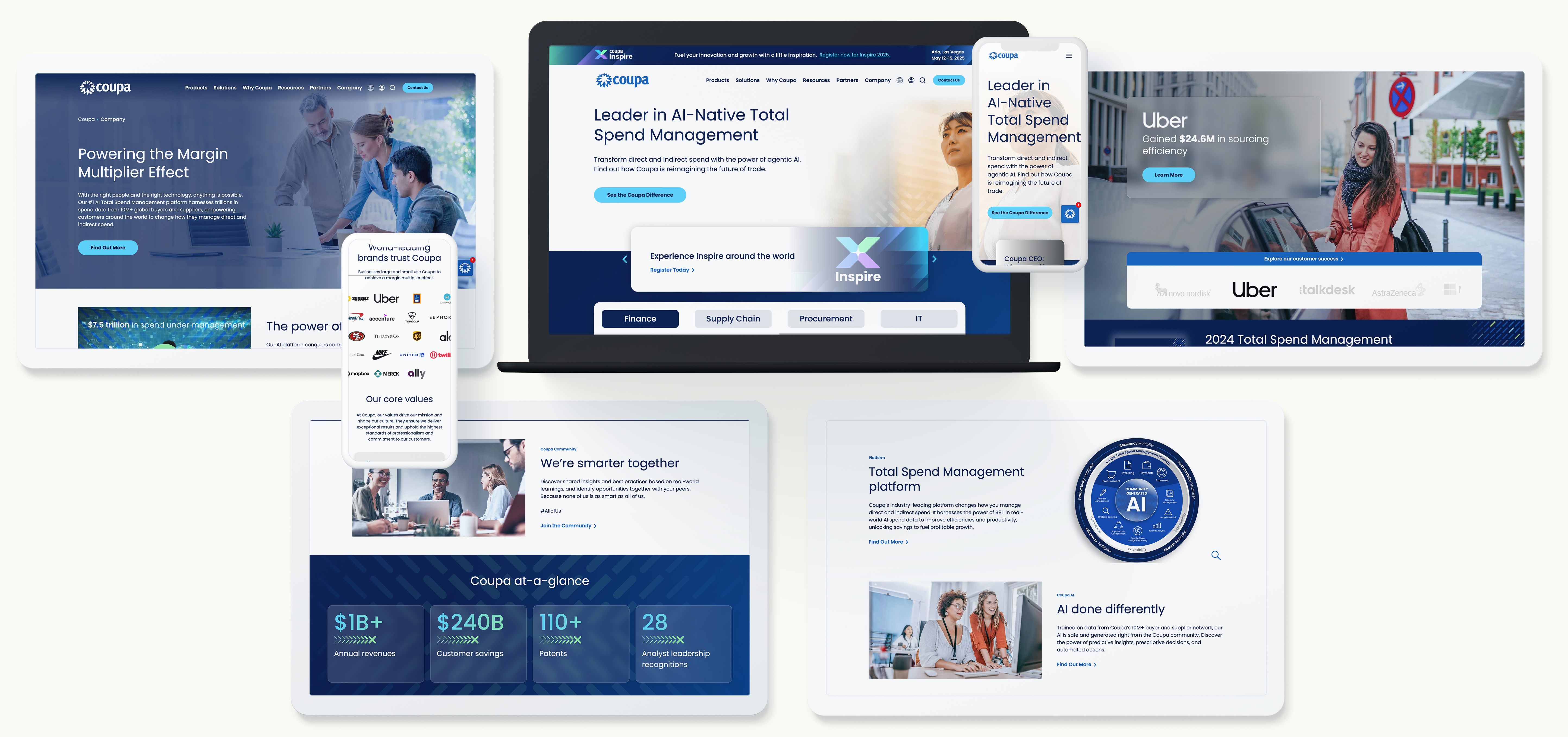
What’s Working Right Now
For many marketers, GPT is becoming a reliable sidekick. Use cases that are delivering real value today include:
- First-draft generation: Letting AI handle the heavy lift of a blank page—for blogs, emails, or social posts—so teams can focus on refinement and brand alignment.
- Summarization and transcription: Turning long-form webinars, internal briefings, or interviews into summaries, takeaways, and content assets.
- Creative brainstorming: Rapidly generating headline variations, campaign taglines, or concept ideas during early planning stages.
- Repetitive content tasks: Writing hundreds of meta descriptions or programmatically varying CTAs for different segments.
- Localized or segmented copy: Drafting region- or audience-specific variations of global campaigns faster than human teams could keep up.
What’s Risky or Overhyped
Despite the hype, GPT isn’t a plug-and-play replacement for marketers. Some areas require caution:
- Factual accuracy: GPT models don’t “know” things—they generate based on patterns. That leads to hallucinations and confidently wrong outputs, especially on niche or time-sensitive topics.
- Brand voice dilution: Without human oversight, GPT can produce copy that feels generic, off-brand, or even contradictory to your tone.
- Ethical and legal gray areas: Questions of disclosure (who wrote this?), authorship, and copyright are still evolving.
- SEO traps: Search engines are growing wary of AI-generated content that lacks originality or value, and duplicate content penalties may apply.
- Compliance and data sensitivity: Sensitive industries (healthcare, finance, government) must be vigilant about what information enters or exits AI platforms.
Marketers who treat GPT like an autopilot risk reputational and operational setbacks. It’s a tool, not a shortcut.
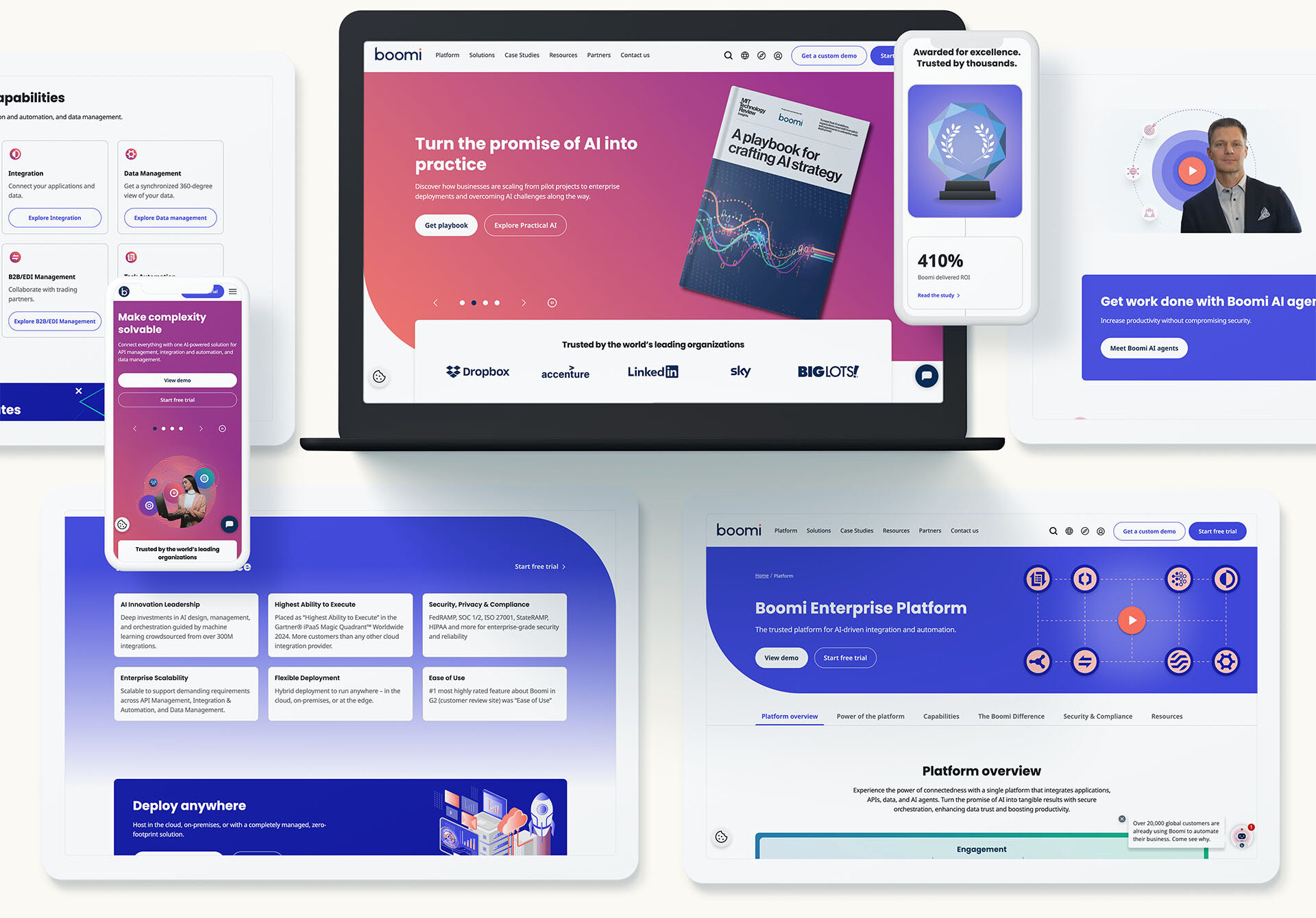
Building a Responsible AI Marketing Stack
To harness GPT effectively, organizations must adopt it deliberately, not reactively. That means establishing the right systems, standards, and safeguards.
1. Human-in-the-loop workflows
Every AI-generated asset should be reviewed, edited, and signed off by a human—especially in regulated or high-stakes environments.
2. AI content governance
Create prompt libraries, tone-of-voice rules, and QA checklists to ensure outputs meet brand and quality standards.
3. Secure tool selection
Favor GPT-powered platforms that offer enterprise-level data privacy, security compliance, and model transparency.
4. Defined use cases
Clearly outline where AI should and should not be used—such as ideation vs. thought leadership, internal drafts vs. public statements.
5. Team training
Equip marketers with prompt-writing best practices and guidance for effectively integrating AI into their workflows.
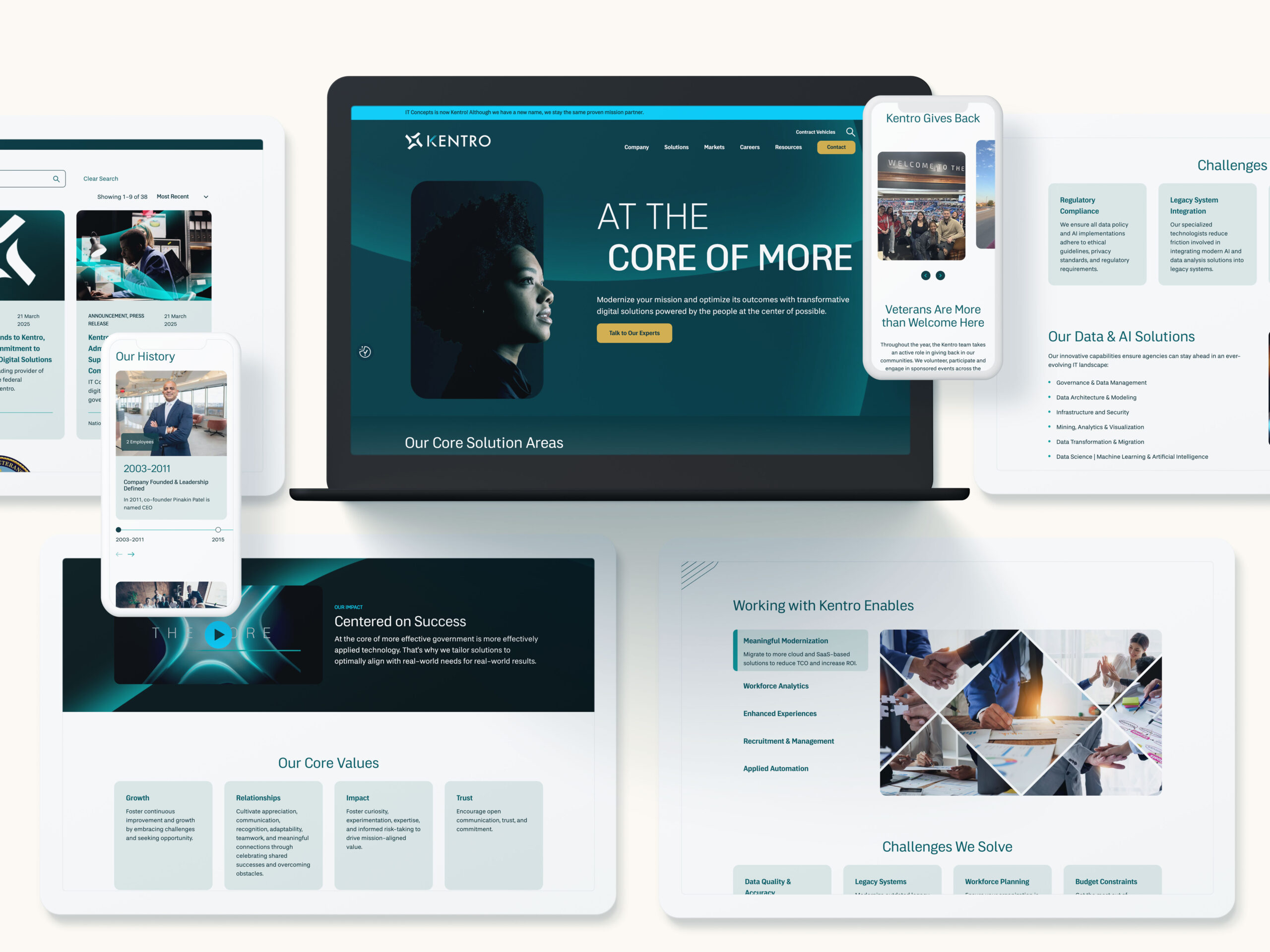
What’s Next: The Future of AI in Marketing
GPT is only the beginning. What’s coming next will expand what marketing teams can do:
- Real-time content adaptation: AI-generated content that evolves live based on user behavior, location, or engagement level.
- Multimodal experiences: Combined text, image, and video generation to streamline asset creation across channels.
- Deeper CRM integration: AI powering more personalized nurture flows and content recommendations within marketing automation platforms.
- Strategic co-pilots: AI tools that help marketers analyze performance data, suggest optimizations, and even A/B test content on the fly.
In short: GPT will go from content creator to campaign collaborator.
Ready to Build an AI-Enhanced Marketing Machine?
Bluetext helps brands responsibly scale generative AI across their marketing ecosystem—bringing speed and creativity without sacrificing strategy, quality, or control. Whether you’re building GPT into your content engine, brand voice, or marketing automation stack, we’ll help you do it right.
Contact us to develop an AI roadmap that enhances your brand, streamlines your campaigns, and sets you up for the next frontier.
In today’s B2B landscape, decision-makers aren’t just listening to brands—they’re listening to people. Not celebrities or social media stars, but real experts: engineers, analysts, developers, and operators with deep industry knowledge and the trust of their peers. For marketers, this shift presents a powerful opportunity: activating niche influencers to drive engagement, credibility, and conversions.
Here’s how smart B2B brands are tapping into the power of hyper-relevant voices to lead conversations—and win customers.
The Rise of the B2B Influencer
Influencer marketing is no longer reserved for beauty tutorials and unboxing videos. In the B2B world, influence looks different. It’s a federal cloud architect posting insight on LinkedIn. A cybersecurity analyst sharing zero-day vulnerabilities on X. A logistics manager breaking down efficiency tools on YouTube. These voices may not have millions of followers—but they do have something far more valuable: industry respect and decision-maker attention.
Whether you’re selling enterprise software, aerospace systems, or SaaS solutions for regulated industries, these niche influencers shape perception where it matters most—inside the buying journey.

Who Are B2B Influencers, Really?
Forget the ring lights and sponsored hashtags. The most effective B2B influencers are:
- Subject Matter Experts (SMEs): Engineers, developers, and product leaders who’ve built the solutions others now use.
- Analysts & Advisors: Independent thinkers who interpret market trends and tech shifts.
- Practitioners: Individuals working in the field—public sector tech officers, procurement leads, or operations directors.
- Evangelists: Employees or superfans who naturally share your brand’s vision and value.
They may not be household names, but in their specific communities, they carry serious weight.
How to Identify the Right Influencers
The key to successful B2B influencer marketing is relevance over reach. You’re not looking for a massive audience—you’re looking for the right one. To find them:
- Use tools like SparkToro or Onalytica to surface influencers by topic, keyword, or community.
- Leverage social listening to track who your buyers already follow and engage with.
- Tap into your ecosystem: Look at customers, partners, or internal experts who already have a voice in the market.
Ask: Who is creating content that my buyers trust? Who’s translating complex concepts into accessible insight?

Creative Ways to Activate Niche Voices
Once you’ve identified your influencers, give them a platform—and creative freedom. Some effective tactics include:
- Co-branded thought leadership: Partner on blogs, reports, or social content that blends your brand POV with their credibility.
- Podcasts & webinars: Host niche discussions that invite influencers to share their perspectives with your audience.
- Social media takeovers: Let influencers speak directly to your community from your branded channels.
- Video reviews or demos: Let a trusted voice showcase your product in their own way—particularly effective for technical tools.
Remember: authenticity is everything. Avoid over-scripting or forcing them into your brand voice.
What Makes These Activations Effective?
The best B2B influencer campaigns share a few key traits:
- Authenticity: Let influencers be themselves. It’s their voice that builds trust—not your script.
- Relevance: Niche influencers speak directly to specific buyer segments. That’s what makes them so powerful.
- Consistency: One-off campaigns might raise awareness, but sustained partnerships build loyalty.
Think of influencers not as one-time assets, but as ongoing collaborators who deepen your connection to a target audience.
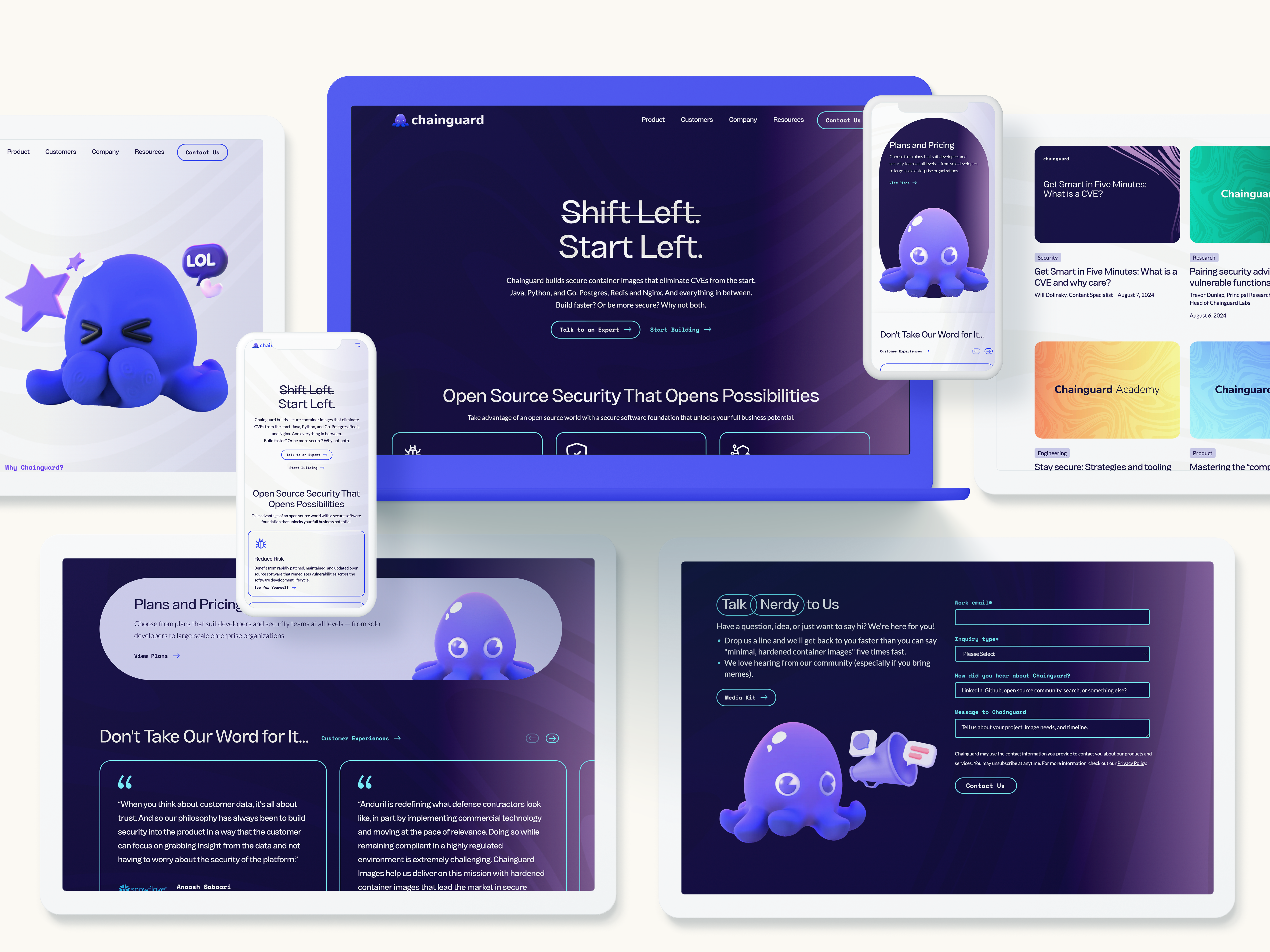
Measuring Success in B2B Influencer Campaigns
B2B sales cycles are long, complex, and rarely linear—so measuring influencer success goes beyond likes and impressions. Instead, look at:
- Engagement from the right audience segments
- Referral traffic to key landing pages or assets
- Influencer-generated content performance over time
- Assisted conversions and pipeline attribution (via UTM tracking or CRM insights)
- Brand sentiment and earned media mentions
And don’t overlook qualitative feedback: the comments, DMs, or offline conversations that signal credibility is taking root.
Influencer Marketing Is Trust Marketing
At its core, B2B influencer marketing isn’t about going viral. It’s about meeting buyers where they are, with voices they already trust. When executed strategically, it doesn’t just boost awareness—it shapes decisions, accelerates journeys, and positions your brand as a true authority within a niche.
Want to Build Your Own Influencer Ecosystem?
Bluetext helps B2B brands develop influencer strategies tailored to their vertical, audience, and goals. Whether you’re looking to launch a full-scale program or test the waters with a single campaign, we can help you activate the voices that matter.
Contact us to learn how we help brands earn trust, one niche voice at a time.
The digital marketing world is preparing for a major shift: third-party cookies are on their way out. While the writing has been on the wall for some time—thanks to growing privacy concerns, regulatory pressure, and browser-level changes—the final countdown is now in motion. For B2B marketers, this change isn’t just a technical update; it’s a signal to rethink how we connect with audiences, measure success, and build meaningful digital campaigns in a privacy-first landscape.
So what does a cookieless future really mean for B2B marketing teams? And how should companies adapt?
Why the Cookie Is Crumbling
Third-party cookies have long been the backbone of many digital marketing strategies. They’ve enabled advertisers to track user behavior across sites, build robust audience profiles, serve retargeting ads, and measure multi-touch attribution.
But between data privacy regulations (like GDPR and CCPA), increased consumer scrutiny, and decisions by major players (Google, Apple, Mozilla) to block or phase out third-party cookies, marketers can no longer depend on these trackers to deliver precision targeting.
Unlike in B2C, where massive datasets and behavioral signals are more readily available, B2B marketers often work with smaller audiences, longer buying cycles, and more complex decision-making processes. The loss of third-party cookies only heightens the need for thoughtful, compliant, and relationship-based approaches.
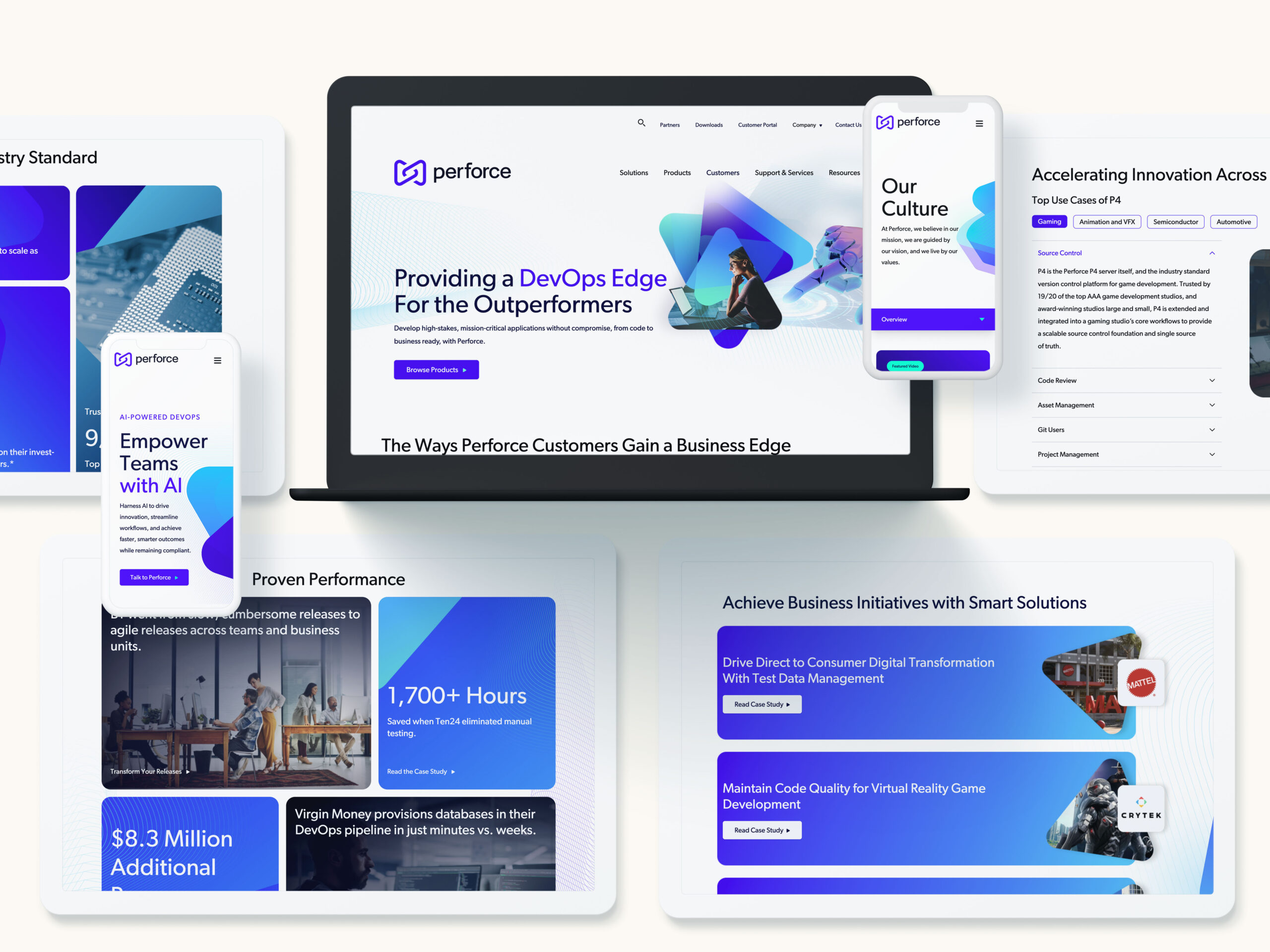
What’s at Stake for B2B Marketing Teams
In a post-cookie environment, several key capabilities are at risk:
- Audience targeting precision – Building lookalike or intent-based audiences becomes more difficult without access to third-party behavioral signals.
- Retargeting – Following up with anonymous site visitors through programmatic channels is less reliable or even impossible.
- Attribution tracking – Multi-channel attribution models may break down without the ability to track users across sessions and domains.
- Lead nurturing automation – Third-party data often feeds into segmentation logic for account-based and intent-driven campaigns.
This shift forces B2B marketers to re-examine how data is collected, stored, and activated—and it puts renewed emphasis on first-party data, consent, and creative execution.
Privacy-First Alternatives Built for the Future
The end of third-party cookies doesn’t mean the end of personalization or targeting—it simply requires a smarter, more ethical approach to doing so. Here’s where B2B teams should focus their attention:
1. First-Party Data Strategy
First-party data—information your audience shares directly with you—is now your most valuable asset. This includes:
- Website interactions
- CRM and sales data
- Email engagement
- Event participation
- Content downloads or form fills
Building robust lead capture mechanisms, refining gated content strategy, and aligning marketing automation with sales insights are now critical to campaign success.
2. Contextual Targeting
In a world without cookies, where an ad appears can be just as important as who sees it. Contextual targeting uses the content of a webpage to inform ad placement—think serving cybersecurity messaging on a tech policy news site. While not new, this approach has become more precise with AI and NLP advancements and is making a strong comeback in B2B media buying.
3. Identity Resolution and Clean Rooms
Platforms like LiveRamp, The Trade Desk’s UID2.0, and Google’s PAIR are offering new ways to match audiences using encrypted first-party identifiers. Meanwhile, data clean rooms allow for privacy-safe collaboration between advertisers and publishers by enabling targeting without exposing raw user data.
These solutions require careful vetting and often demand more technical investment, but they provide viable paths to compliant targeting and measurement in B2B environments.
4. Platform-Based Targeting
As third-party cookies disappear, B2B marketers will increasingly lean on platforms that control their own ecosystems—think LinkedIn, Google, Meta, and industry-specific programmatic networks. These walled gardens have deep first-party data pools and increasingly sophisticated ad tools. However, marketers must balance effectiveness with cost and limited visibility into audience behavior outside those platforms.
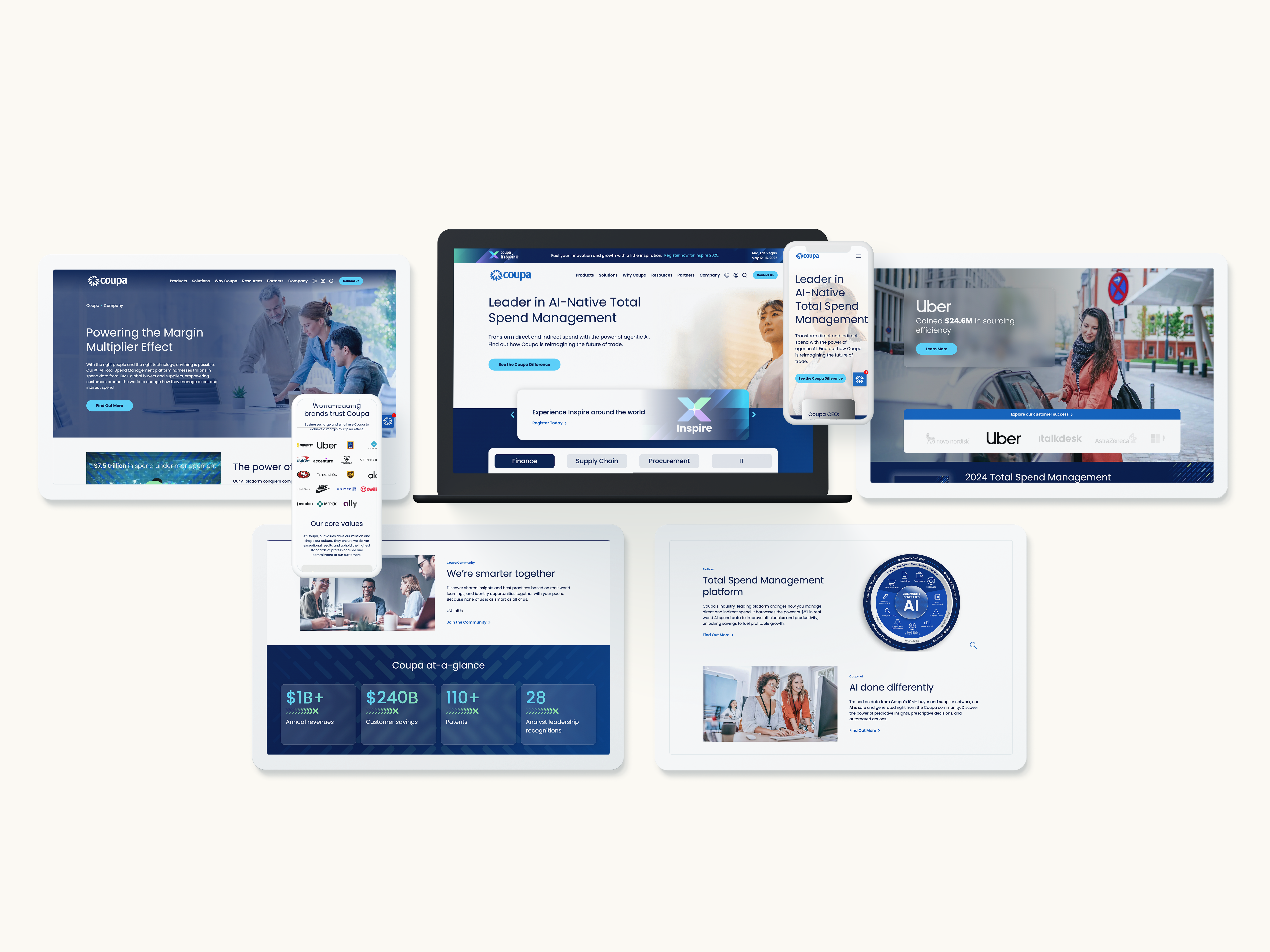
What B2B Marketers Should Be Doing Now
With the sunset of cookies no longer hypothetical, proactive planning is essential. Here are the immediate steps B2B teams should take:
- Audit your current martech stack to understand where third-party cookies are being used (from ad targeting to analytics).
- Enhance your first-party data strategy by refining lead capture forms, improving CRM hygiene, and investing in customer data platforms (CDPs).
- Test contextual and native campaigns now to build experience with post-cookie tactics.
- Explore identity solutions with your media partners and vendors to determine what options make sense for your business.
- Revisit attribution models and prepare to rely more heavily on direct engagement metrics and source-based lead reporting.
The End of Cookies Is the Start of Better Marketing
The transition away from third-party cookies is less a threat and more an opportunity—an opportunity to build deeper relationships, center strategy around consent and value, and create more resilient marketing ecosystems.
For B2B marketers, this is the time to get ahead. Waiting until third-party cookies are fully deprecated means playing catch-up in a game already in motion. The brands that win in this next phase won’t be the ones that cling to old tactics—they’ll be the ones that adapt, test, and evolve.
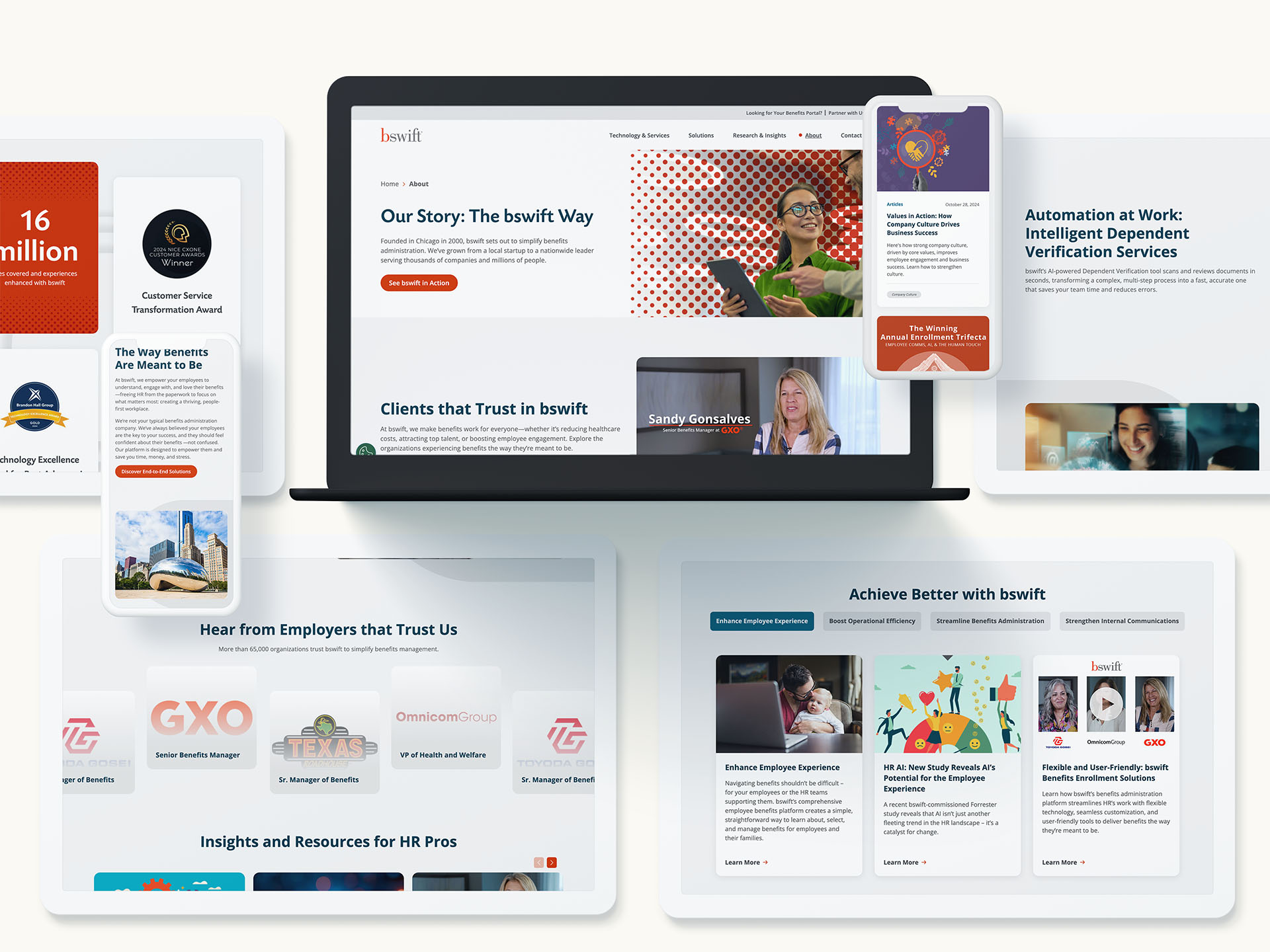
Need Help Navigating the Post-Cookie Future?
Bluetext helps B2B brands build smarter, privacy-first targeting strategies—from first-party data activation to media planning and messaging. If you’re ready to rethink your digital campaigns for the cookieless future, let’s talk.
As privacy regulations tighten, precision targeting becomes harder—here’s how to execute effective ABM without crossing data compliance lines.
The New Landscape of ABM and Data Privacy
Account-Based Marketing (ABM) has become a go-to strategy for B2B marketers aiming to deliver personalized, precise campaigns tailored to key accounts. The promise of ABM lies in its ability to engage decision-makers with highly relevant messaging and tightly focused tactics.
However, the growing wave of data privacy regulations—including GDPR in Europe, CCPA and CPRA in California, and others worldwide—is reshaping how marketers can collect, use, and share data. These laws, designed to protect consumer and business privacy, have introduced new challenges for ABM’s reliance on granular data.
In this evolving landscape, the question emerges: How can marketers maintain ABM’s effectiveness while staying fully compliant and respecting privacy? This post explores practical strategies and privacy-friendly approaches to ensure your ABM campaigns continue to deliver results without crossing data compliance lines.
The Impact of Privacy Regulations on ABM
Privacy laws place clear limits on collecting personal data without consent, restricting marketers from using many traditional data sources that ABM once depended on. The decline of third-party cookies, limitations on tracking across devices, and increased user control over data permissions have diminished marketers’ visibility into customer behaviors.
These changes affect ABM in several ways:
- Reduced access to behavioral and intent data from third-party platforms.
- Challenges in tracking individual contacts across multiple touchpoints.
- Necessity to obtain explicit consent before processing certain types of personal data.
Traditional hyper-targeted ads and behavioral retargeting tactics must be reevaluated to comply with these new realities.
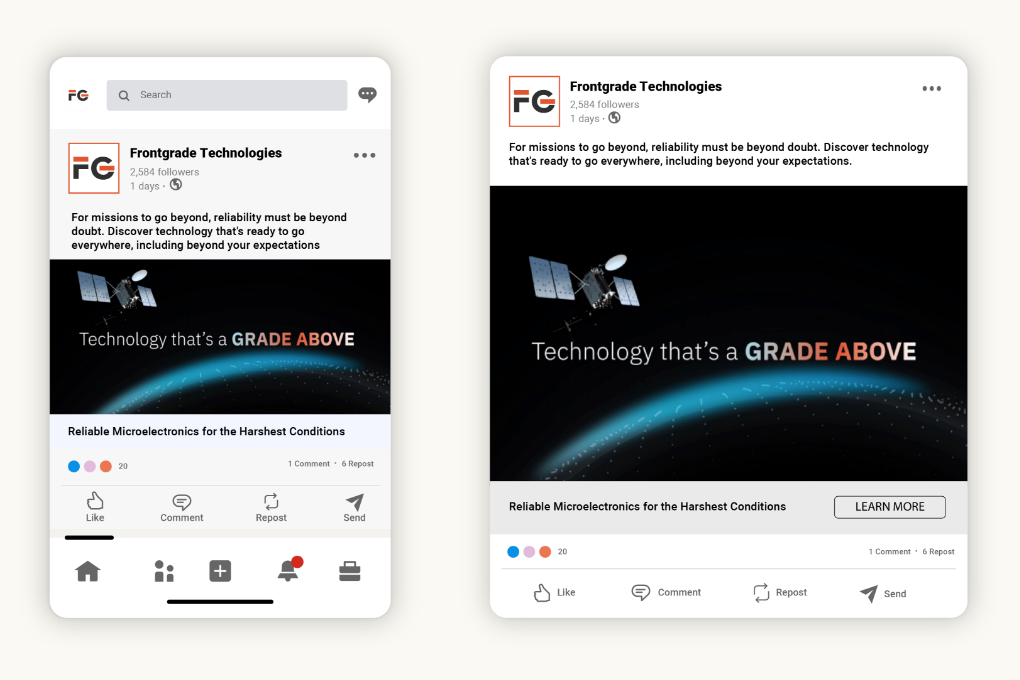
Rethinking ABM Strategy for Privacy Compliance
The key to privacy-safe ABM is shifting focus towards first-party data—information collected directly from your audience through interactions they initiate and consent to.
Here are some foundational shifts marketers should make:
- Build trusted data sources: Prioritize collecting data through website forms, gated content, webinars, and events where consent is explicit.
- Consent-based marketing: Ensure all communications are compliant with opt-in and opt-out requirements.
- Quality over quantity: Instead of mass data collection, deepen insights on fewer, high-value accounts with verified data.
- Ethical standards: Embed privacy considerations into your marketing ethos to strengthen trust and brand reputation.
Privacy-Friendly Tactics to Power Effective ABM
1. Intent and Contextual Data Usage
While granular personal data becomes scarcer, marketers can harness intent signals and contextual information that do not rely on invasive tracking. For example, analyzing content engagement patterns on your site or leveraging CRM activity can provide rich insights into account interest without crossing privacy lines.
2. Enhanced CRM and CDP Integration
Customer Data Platforms (CDPs) that consolidate and manage first-party data become critical tools. They enable you to securely unify account information, track engagement consent, and enrich profiles based on direct interactions, such as demo requests or content downloads.
3. Account-Based Personalization Without Personal Data Overreach
Use firmographic data—company size, industry, location—and expressed interests to create personalized experiences. Dynamic content and A/B testing can be applied thoughtfully to tailor messaging without needing to overreach into sensitive personal data.
4. Collaboration with Legal and Compliance Teams
Privacy compliance should be a built-in component of ABM campaigns, not an afterthought. Work closely with legal and compliance experts during campaign design and maintain thorough documentation and audits to ensure ongoing adherence to regulations.
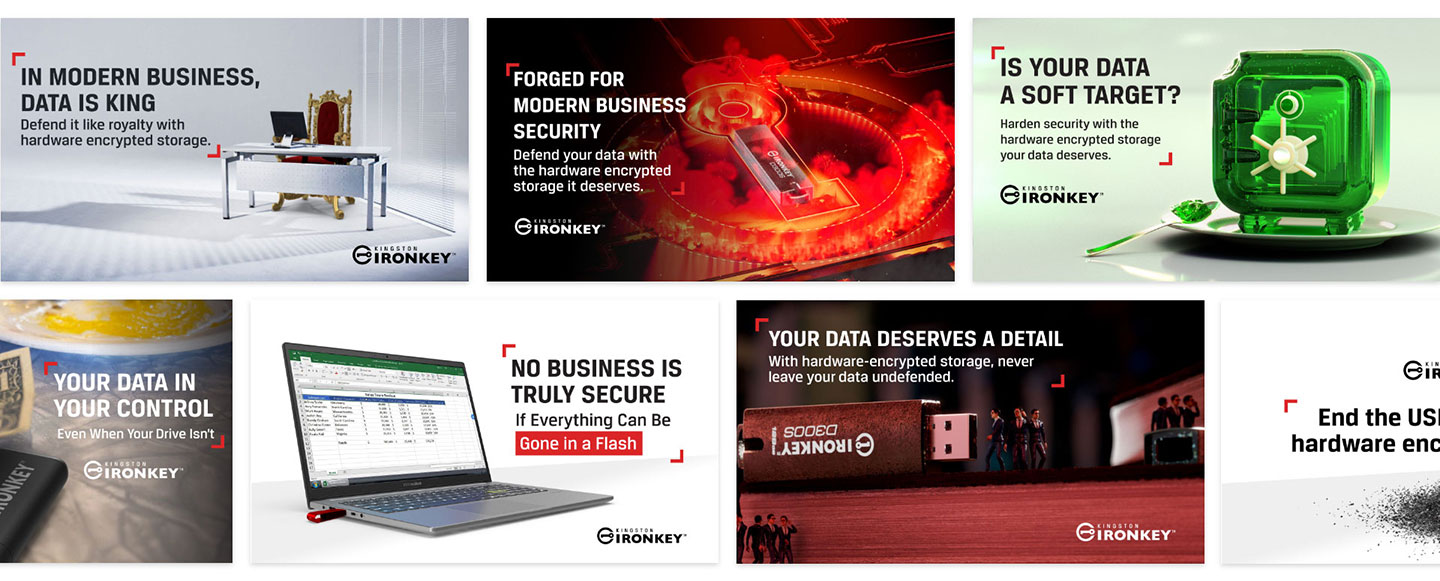
Tools and Technologies Supporting Privacy-Conscious ABM
Technology plays a pivotal role in enabling privacy-first ABM. Consider integrating:
- Privacy-first CDPs: Platforms that prioritize consent management and data security.
- Cookieless tracking solutions: Emerging tools designed to measure campaign performance without relying on third-party cookies.
- Consent management platforms (CMPs): Systems that streamline opt-in/opt-out processes and keep audit trails.
Evaluate your technology stack with privacy compliance as a core criterion to avoid risks and foster trust.
Getting Started: Implementing Privacy-Safe ABM Today
Begin your transition to privacy-conscious ABM by:
- Auditing current data collection and campaign practices for compliance gaps.
- Developing a phased roadmap to emphasize first-party data and consent.
- Training marketing and sales teams on privacy regulations and ethical marketing.
- Partnering with agencies and vendors skilled in navigating privacy requirements and agile ABM strategies.
Small, deliberate steps can help your organization adapt without disrupting momentum.

Navigating ABM Success in a Privacy-First World
Privacy regulations are not a passing trend—they represent a fundamental shift in how businesses must approach marketing. ABM remains a powerful strategy, but success now depends on transparency, respect for data, and innovative targeting methods that comply with evolving laws.
By embedding privacy as a core brand value, you not only avoid legal pitfalls but also build deeper trust with your prospects and customers, strengthening long-term relationships.
Ready to navigate ABM in the age of data privacy? Contact Bluetext to develop compliant, effective account-based strategies that drive results while respecting privacy.
Markets shift fast—your campaigns should too. Explore frameworks for adaptive marketing that keep your brand nimble and responsive.
Marketing in a World of Uncertainty
In today’s fast-paced, unpredictable market landscape, businesses face constant disruptions—whether due to economic shifts, emerging technologies, or sudden changes in consumer behavior. Traditional marketing plans, often locked in months or even years in advance, struggle to keep pace with this volatility.
To stay competitive, brands need agile marketing models—strategic frameworks that allow campaigns to flex and evolve in real time. This approach empowers marketers to respond quickly to new opportunities, pivot away from underperforming tactics, and keep their messaging relevant and impactful.
In this post, we’ll explore why traditional marketing planning often falls short, outline the principles of agile marketing, and offer practical guidance on building your own adaptive campaign framework.
Why Traditional Marketing Planning Falls Short
Conventional marketing planning typically involves long timelines, static calendars, and fixed budgets. While this approach provides structure, it leaves brands vulnerable when market conditions change unexpectedly.
Consider how disruptions like supply chain delays, platform algorithm updates, or global events can derail carefully crafted campaigns. Without flexibility, companies risk missing crucial windows of opportunity, overspending on ineffective channels, or delivering messages that no longer resonate.
The challenge: how do you keep your marketing plans relevant in an environment where everything can change overnight?

Defining Agile Marketing: Principles and Pillars
Agile marketing adapts principles from agile software development to create a more responsive, iterative approach to campaign planning and execution. Key pillars include:
- Test-and-learn mindset: Launch small experiments, measure results, and refine tactics continuously.
- Cross-functional sprints: Work in short cycles, often 2–4 weeks, allowing teams to focus on manageable goals and rapidly adjust course.
- Modular content creation: Build reusable assets and messaging components that can be quickly swapped or updated.
- Rapid feedback loops: Collect real-time data and customer insights to inform decision-making.
- Real-time analytics integration: Use performance dashboards and tools to monitor campaigns and identify pivot points early.
This contrasts with traditional “waterfall” marketing, which typically follows a linear sequence and resists change once the plan is set.
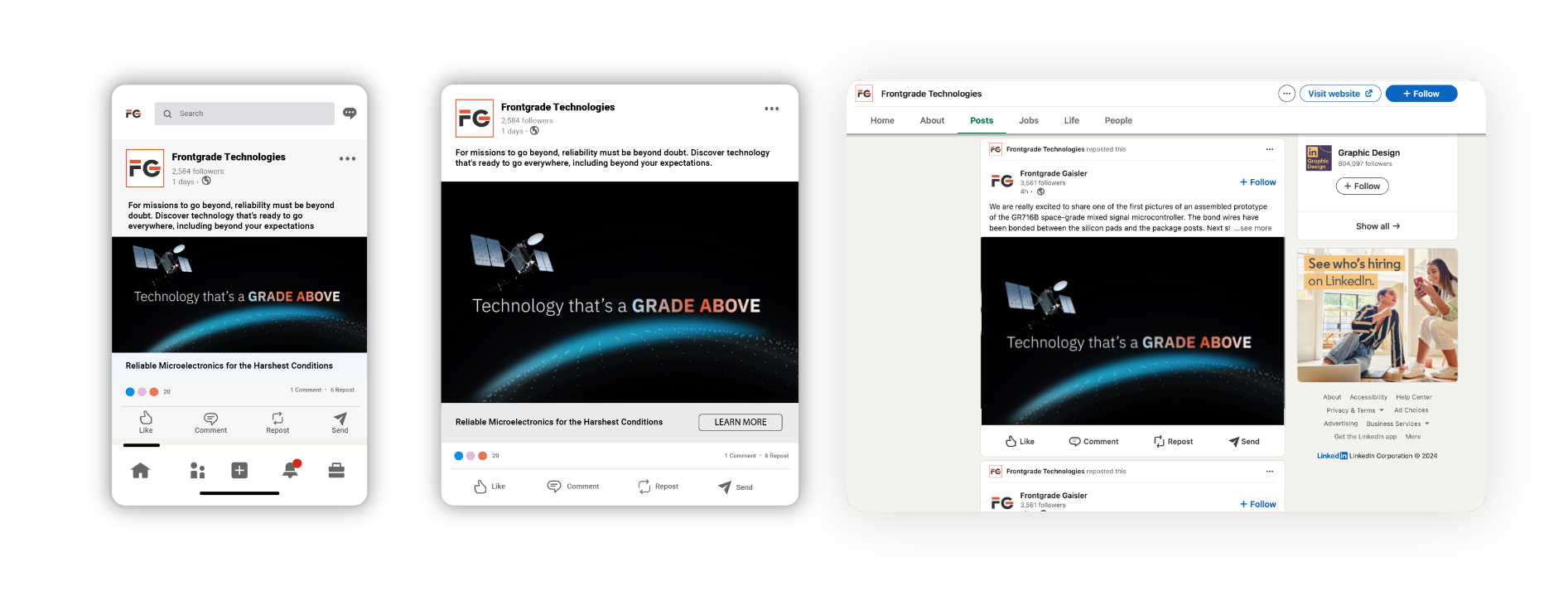
Building an Agile Campaign Framework
Here’s how to put agile marketing into practice with a flexible campaign model:
1. Modular Messaging and Content
Create content in “blocks” or modules—such as headlines, visuals, CTAs—that can be mixed and matched depending on the moment. This makes it easier to tailor messages on the fly for different audiences, channels, or cultural moments without starting from scratch.
2. Short Sprints and Iterative Launches
Instead of committing to an entire campaign upfront, plan in short bursts (sprints). Launch a minimum viable campaign quickly, then use data and feedback to optimize each sprint. This lets you capitalize on new trends or pause investments in low-performing areas promptly.
3. Decision-Making with Live Data
Integrate tools like Google Analytics 4, HubSpot, or Looker to track campaign KPIs in real time. Set clear thresholds that trigger reviews and adjustments. The faster you can access insights, the faster your team can pivot tactics or messaging.
4. Team Agility and Cross-Functional Collaboration
Agile marketing requires breaking down silos. Build small, empowered teams combining creative, data, media, and strategy experts who can make decisions collaboratively and quickly. This removes bottlenecks and speeds up execution.

How to Start: Transitioning to Agile Without Overhauling Everything
You don’t have to rebuild your entire marketing operation overnight. Begin with a pilot project—choose a single campaign or product launch to test agile methods.
Invest in agile-friendly tools and workflows, such as project management platforms that support sprints and collaboration. Share early wins and learnings to build momentum internally.
Finally, consider partnering with an agency experienced in agile marketing to guide your transition and help scale your efforts efficiently.
Future-Proofing Your Marketing Strategy
Agility isn’t just a buzzword—it’s a necessity in today’s uncertain world. Brands that embrace flexible, adaptive marketing strategies will outmaneuver competitors stuck in rigid planning cycles.
By designing campaigns that are built to pivot, you can transform uncertainty into a competitive advantage.
Ready to make your marketing more agile? Connect with Bluetext to build flexible frameworks that evolve alongside your business.
When most marketers think of SMS, they picture retail alerts, flash sales, or appointment reminders—tactics firmly planted in the B2C world. But dismissing SMS as irrelevant for B2B is a missed opportunity. In reality, text messaging can be one of the most direct, high-impact tools in your B2B marketing arsenal—if you know when and how to use it.
In an era where inboxes are overloaded and attention spans are shrinking, SMS offers a rare advantage: it gets read. Studies show SMS open rates hover around 98%, and response rates can be as high as 45%. For comparison, email sits around 20% and 6%, respectively. That’s a significant gap—and one B2B marketers can no longer afford to ignore.
Why SMS Is Overlooked in B2B (and Why That’s Changing)
Historically, SMS has been seen as too casual or invasive for the B2B space. Enterprise buyers aren’t browsing for deals via text—they’re making complex, considered decisions. But the idea that professional communication has to be long-form or confined to email is quickly becoming outdated.
As the lines between work and personal life continue to blur, decision-makers are relying more on mobile to stay productive. That means a well-timed, relevant SMS can cut through the noise—especially when it’s part of a thoughtful, omnichannel approach.
Compliance concerns have also contributed to hesitation around SMS, but platforms have evolved. Today’s SMS tools for B2B are built to meet regulatory standards, offering opt-in workflows, tracking, and integrations with your existing CRM.

When SMS Makes Sense in B2B Campaigns
The key to effective B2B SMS marketing is knowing when to use it—and when to hold back. SMS isn’t a channel for every message. But in the right context, it can serve as the perfect nudge.
Here are some strategic use cases:
- High-intent lead follow-up: A quick text to confirm a meeting or thank a prospect for attending a demo can accelerate the sales cycle.
- Event and webinar reminders: SMS ensures higher attendance rates with last-minute nudges, especially for executive-level registrants.
- Account-based marketing (ABM) touchpoints: Personalized messages to high-value accounts help reinforce relationships and drive action.
- Urgent alerts or updates: Whether it’s a product release or contract deadline, time-sensitive information is better received via text than email.
- Post-sale engagement: For customer success teams, SMS can be a valuable tool for onboarding, check-ins, or renewal reminders.
How to Use SMS in B2B the Right Way
Just because you can text your prospects doesn’t mean you should do it without a plan. B2B SMS marketing works best when it’s strategic, respectful, and fully integrated into your broader campaigns.
Here’s how to get it right:
- Obtain explicit consent: Always use opt-in forms and make it easy to opt out. Respect for privacy builds trust.
- Keep it short and useful: SMS isn’t the place for fluff. Messages should be concise, relevant, and action-oriented.
- Personalize your outreach: Use first names, company names, or reference a specific meeting or download to show it’s not a generic blast.
- Integrate with your tech stack: Connect your SMS tool to your CRM and marketing automation platforms to sync messages, track performance, and trigger texts based on user behavior.
- Test and optimize: Run A/B tests on timing, copy, and CTA to learn what resonates—and avoid message fatigue.
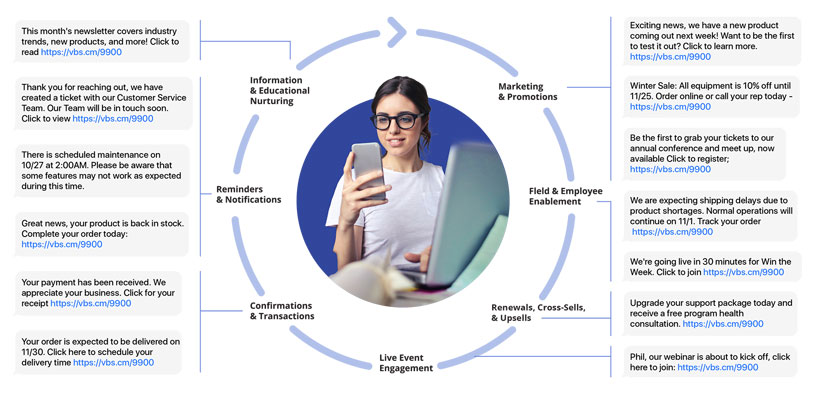
SMS as Part of an Omnichannel B2B Strategy
The real power of SMS lies in how it supports and enhances your existing marketing channels. Think of it as the connective tissue between your emails, digital ads, webinars, and sales outreach.
For example:
- Follow up a gated content download with an email, then a personalized text offering a meeting.
- Send an SMS reminder the day before a webinar, with the Zoom link included.
- After a conference, send a thank-you text from the sales rep who spoke with the lead, offering a quick call.
When done right, SMS doesn’t disrupt the buyer journey—it smooths it out.
The Takeaway
SMS is no longer just for B2C brands or retail promotions. In today’s mobile-first world, B2B buyers are just as reachable via text—and often more responsive. The key is using SMS intentionally, at high-value moments, and as part of a cohesive omnichannel strategy.
Whether you’re nurturing leads, boosting event attendance, or keeping key accounts engaged, SMS offers a direct, powerful line of communication that few other channels can match.
Ready to elevate your B2B marketing strategy with SMS?
Let’s build a smarter, more connected campaign—contact Bluetext today to get started.
For years, headless CMS platforms have been the go-to solution for brands seeking flexibility, speed, and scalability in their digital content delivery. By decoupling the front end from the back end, headless architecture empowered marketers and developers to create omnichannel experiences with greater efficiency. But as user expectations grow more sophisticated and digital ecosystems become more complex, even headless is starting to show its limits.
So what’s next? The future of content management isn’t just about removing the head—it’s about building a smarter, more adaptable brain. From composable digital experience platforms to AI-driven personalization engines, the next generation of CMS technology is poised to transform how organizations structure, deliver, and optimize content.
Here’s what’s on the horizon.
Composable Architecture: Breaking Down the Monolith for Good
If headless CMS decoupled the front end from the back end, composable architecture takes things a step further—decoupling everything. A composable digital experience platform (DXP) allows organizations to assemble a custom stack of best-of-breed tools for CMS, e-commerce, personalization, analytics, and more, all connected via APIs.
The result? Greater agility. Marketers and IT teams are no longer boxed into rigid, one-size-fits-all platforms. Instead, they can mix and match services that best support their goals—whether that’s fast localization, dynamic pricing, or seamless omnichannel orchestration. Composable architecture also allows for incremental upgrades, so brands can evolve their digital presence without overhauling entire systems.
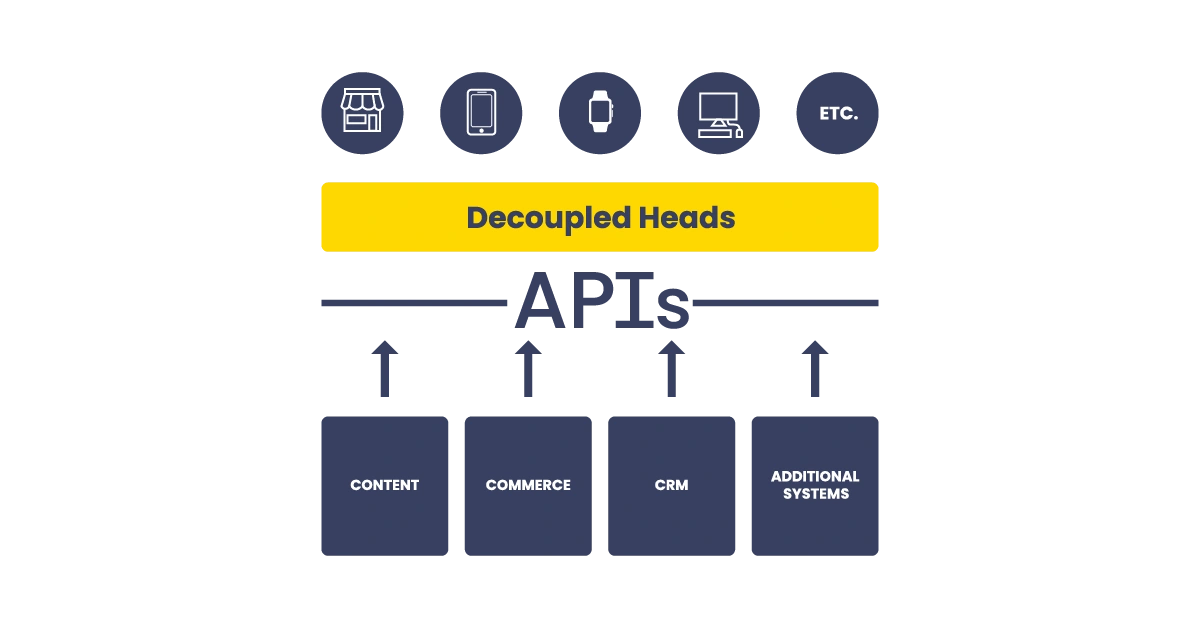
AI-Powered Content Delivery Is Here—and Growing Fast
AI is no longer a buzzword in CMS. It’s becoming the engine behind smarter content experiences. From predicting what content a user will find most valuable, to dynamically adjusting layouts based on behavior, AI is changing the way brands think about digital engagement.
Modern CMS platforms are beginning to integrate AI-driven features like:
- Content recommendations based on user behavior and intent
- Automated tagging and metadata generation for better asset management
- Real-time personalization, delivering tailored content to the right audience at the right time
By embedding AI into the content supply chain, brands can move beyond static publishing toward experiences that are predictive, personalized, and performance-driven.
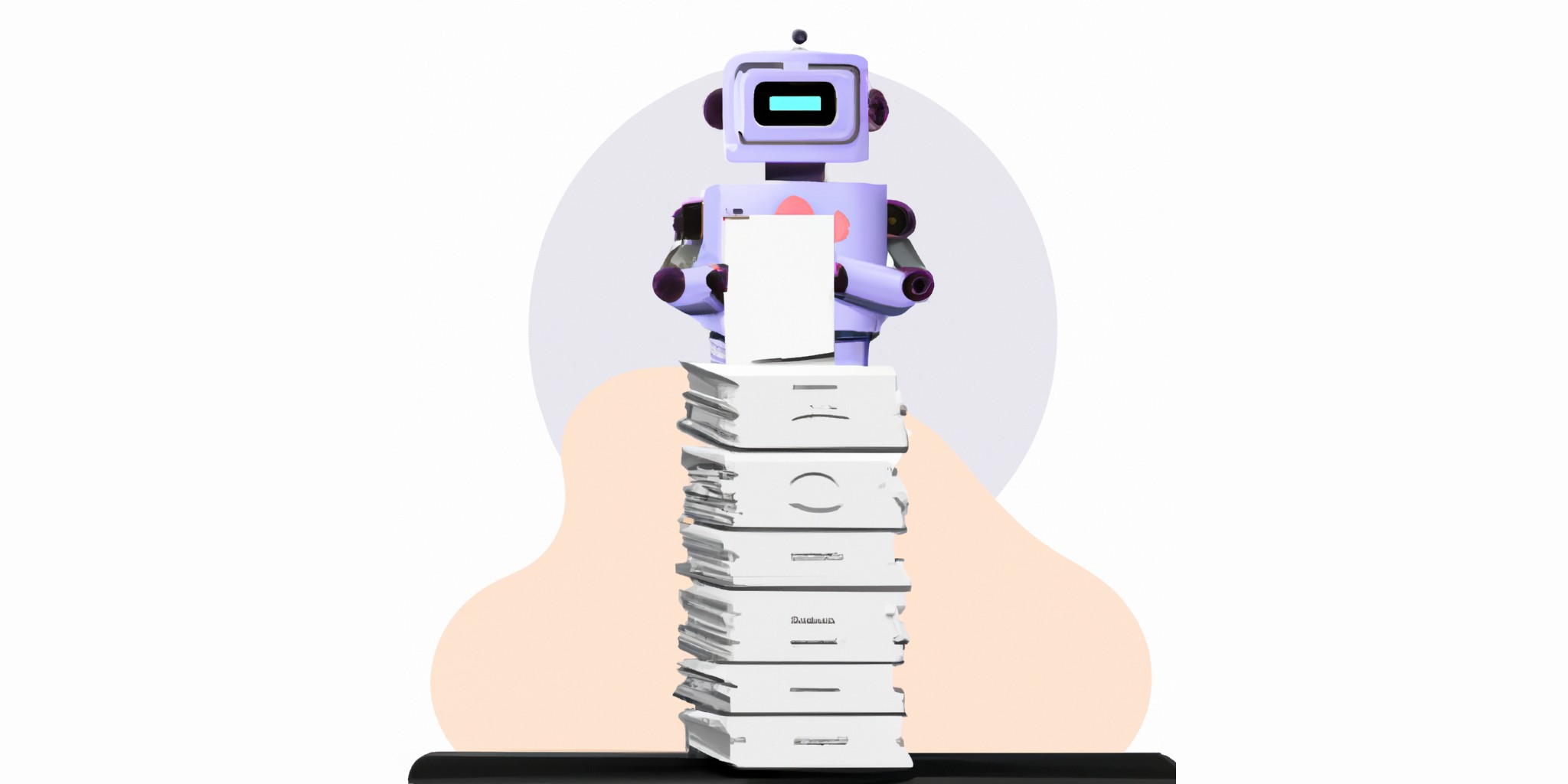
Content Operations Are Getting an Overhaul
The CMS of the future doesn’t just manage content—it powers an entire ecosystem of digital operations. That means tighter integration with Digital Asset Management (DAM) platforms, Customer Data Platforms (CDPs), and marketing automation tools.
Content teams are shifting away from traditional editorial calendars and rigid workflows. Instead, they’re embracing:
- Structured content models that support reusability across channels
- Data-informed content strategies based on performance insights
- Collaborative environments where marketers, designers, and developers work in sync
This new model of Content Ops is about more than publishing—it’s about treating content as a living asset that evolves and adapts to user needs.
API-First, Cloud-Native Platforms Are the New Standard
As organizations grow more complex and global, performance and scalability are critical. That’s where API-first, cloud-native CMS solutions come in. Built for integration and extensibility, these platforms allow developers to plug into virtually any system—without being locked into a vendor’s proprietary tools or workflows.
Benefits of API-first CMS platforms include:
- Faster development and deployment cycles
- Seamless integration with existing martech and eCommerce platforms
- Improved security, scalability, and reliability through modern cloud infrastructure
For enterprise brands navigating multi-site, multilingual, or multi-channel challenges, API-first CMS solutions offer the flexibility to deliver consistent, high-performance experiences across the board.
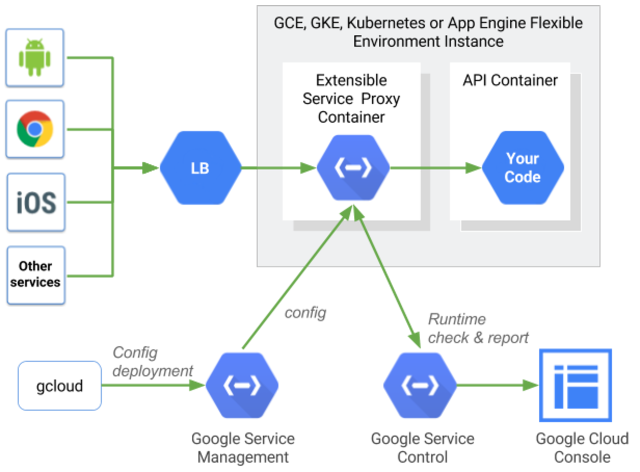
So, What Should Brands Do Now?
If your organization is currently running a traditional CMS—or even a headless one—it’s time to look ahead. The CMS landscape is evolving rapidly, and the platforms of tomorrow will be defined by their intelligence, adaptability, and interoperability.
Key considerations as you plan for the future:
- Audit your current content ecosystem: What tools are in place, and where are the bottlenecks?
- Invest in modular, composable architecture: Future-proof your stack by prioritizing flexibility and integration.
- Explore AI capabilities: Start with features like smart recommendations or auto-tagging, and scale up as you see results.
- Think beyond websites: Your CMS should support a unified experience across mobile, social, voice, and more.
At Bluetext, we help organizations reimagine their digital infrastructure to support not just where they are—but where they’re going.
Ready to evolve your CMS strategy?
Contact Bluetext to architect a future-ready content platform that’s intelligent, scalable, and built to grow with your brand.
When marketers think of social media for B2B, the usual suspects come to mind—LinkedIn, X (formerly Twitter), and maybe YouTube. Reddit? It’s often written off as the Wild West of the internet: chaotic, anonymous, and unpredictable. But for those willing to navigate its nuances, Reddit can be a goldmine of insight, authenticity, and B2B engagement.
Reddit isn’t just cat memes and AMAs from celebrities. It’s a thriving ecosystem of professionals, buyers, engineers, and decision-makers asking questions, solving problems, and sharing unfiltered opinions. For B2B marketers, that’s an opportunity you can’t afford to ignore—so long as you approach it the right way.
Why Reddit Deserves a Spot in Your B2B Strategy
Reddit is the sixth most-visited site in the U.S., boasting over 1.7 billion visits per month. What sets it apart isn’t just the scale—it’s the structure. Reddit is divided into thousands of interest-based communities (called subreddits), each with its own culture, norms, and moderators.
This makes Reddit less like a traditional social media platform and more like a decentralized forum. The conversations are honest, often brutally so, and the self-promotion police are always watching. That’s why marketers need to rethink their playbook here.
But when used smartly, Reddit offers three powerful advantages for B2B brands:
- Direct access to niche professional communities
- Real-time market intelligence and customer pain points
- Opportunities for thought leadership in high-trust environments
Reddit vs. Other Platforms: A Different Set of Rules
On Reddit, trust is everything—and users are quick to call out anything that feels like a sales pitch. Unlike algorithm-driven platforms that reward virality, Reddit rewards value. This value usually comes in the form of helpful answers, shared experiences, or genuine discussion.
A few things that make Reddit unique:
- Anonymity encourages honesty
- Users upvote/downvote posts based on value, not popularity
- Each subreddit has its own rules—many ban self-promotion outright
- Engagement is conversation-first, not content-first
In short, you’re not talking at your audience—you’re talking with them.
Where B2B Conversations Are Happening on Reddit
You might be surprised by the depth of professional discussions taking place on Reddit. Whether it’s an IT admin trying to solve a security issue, a founder exploring pricing models, or a marketer testing messaging—Reddit is where professionals go to speak candidly.
Here are a few subreddits worth exploring:
- r/sysadmin – IT infrastructure, troubleshooting, and vendor comparisons
- r/AskEngineers – Engineering insights and technical questions
- r/smallbusiness – Entrepreneurial advice and SaaS tool recommendations
- r/marketing – Strategy, channels, and campaign reviews
- r/legaladvice – Regulatory and compliance discussion (especially useful for legal tech and fintech marketers)
These forums are treasure troves for social listening, offering unfiltered insights into what your target audience actually thinks—and what keeps them up at night.
How to Engage Authentically (And Avoid Getting Downvoted)
Reddit is not the place for traditional brand marketing. Come in too strong, and you’ll get downvoted—or worse, banned. Here’s how to participate without blowing your cover:
✅ Listen Before You Speak
Lurk in relevant subreddits. Track recurring questions. Identify influencers. Get a feel for how your target users communicate and what matters to them.
✅ Be Helpful, Not Promotional
Reddit users respond best to transparency and expertise. If you’re going to comment or post, make sure it adds real value—think troubleshooting advice, experience-based responses, or resource recommendations.
✅ Post as a Person, Not a Brand
Unless you’re hosting an official AMA (Ask Me Anything), it’s better to comment as an individual professional. You’ll build trust more easily that way.
✅ Use Reddit Ads to Test the Waters
Reddit’s paid ad platform allows brands to place content in specific subreddits with high precision. While the organic path takes time, promoted posts can be a safe entry point for testing messaging or driving traffic.
✅ Follow the Rules (Really)
Each subreddit has its own guidelines. Some ban promotional links, others require flairs or minimum karma. Break the rules, and you’re out. Respect the community if you want to stay in it.
Reddit Use Cases for B2B Brands
Done right, Reddit can amplify your marketing efforts:
- Thought Leadership: Host AMAs with product managers, engineers, or subject matter experts
- Product Feedback: Monitor mentions of your product or competitors for unfiltered reviews
- Persona Development: Use real conversations to refine audience personas and messaging
- Content Ideation: Discover trending questions and topics to fuel your blog, SEO, or video content
- Support and Reputation Management: Address concerns in real time or redirect users to support channels
Avoid These Common Reddit Marketing Mistakes
Reddit can be unforgiving. Here’s what to avoid:
- ❌ Posting links without context or commentary
- ❌ Copy-pasting marketing content into threads
- ❌ Creating throwaway accounts just for brand activity
- ❌ Ignoring subreddit rules
- ❌ Being defensive when challenged
If your engagement isn’t authentic, it won’t work—and it could do more harm than good.
Reddit Is a Risk—But a Smart One
Reddit isn’t a plug-and-play platform. It requires research, patience, and a light touch. But for B2B marketers seeking more meaningful engagement and market insight, the upside is huge. It’s one of the few digital spaces where people say what they really think—and if you can navigate it right, your brand can benefit from that raw authenticity.
At Bluetext, we help B2B brands explore emerging digital channels like Reddit with the right strategy, tone, and content to drive real results.
Looking to tap into new communities and platforms? Contact Bluetext to build a social strategy that goes beyond the expected.